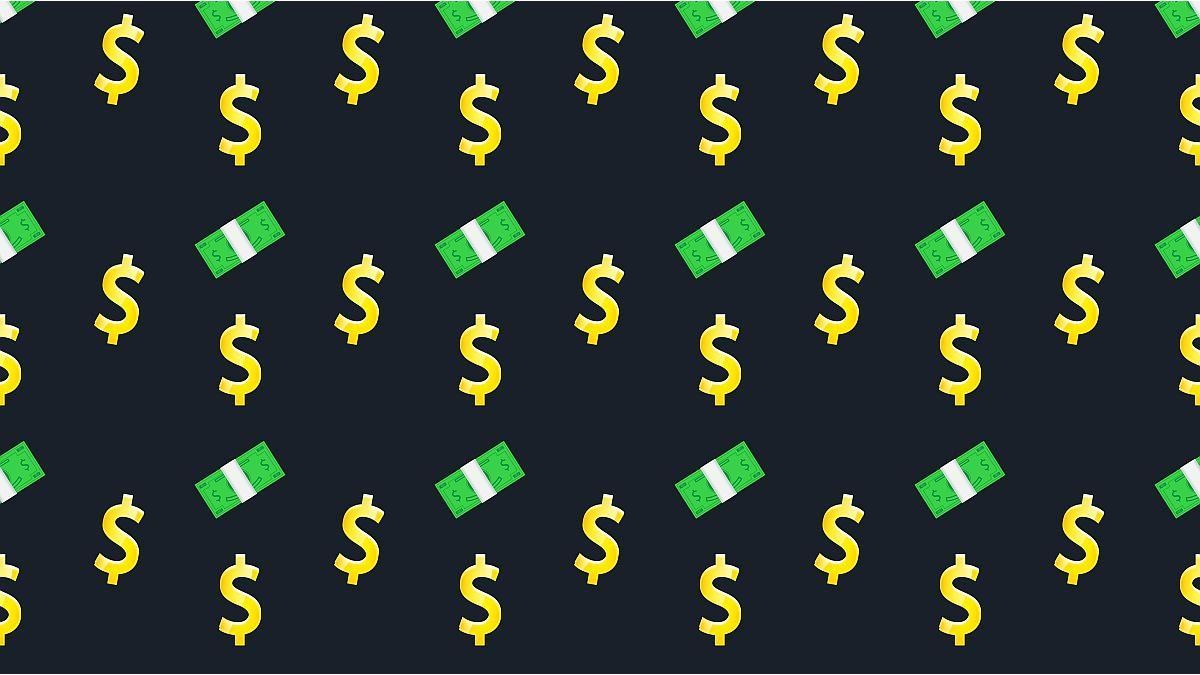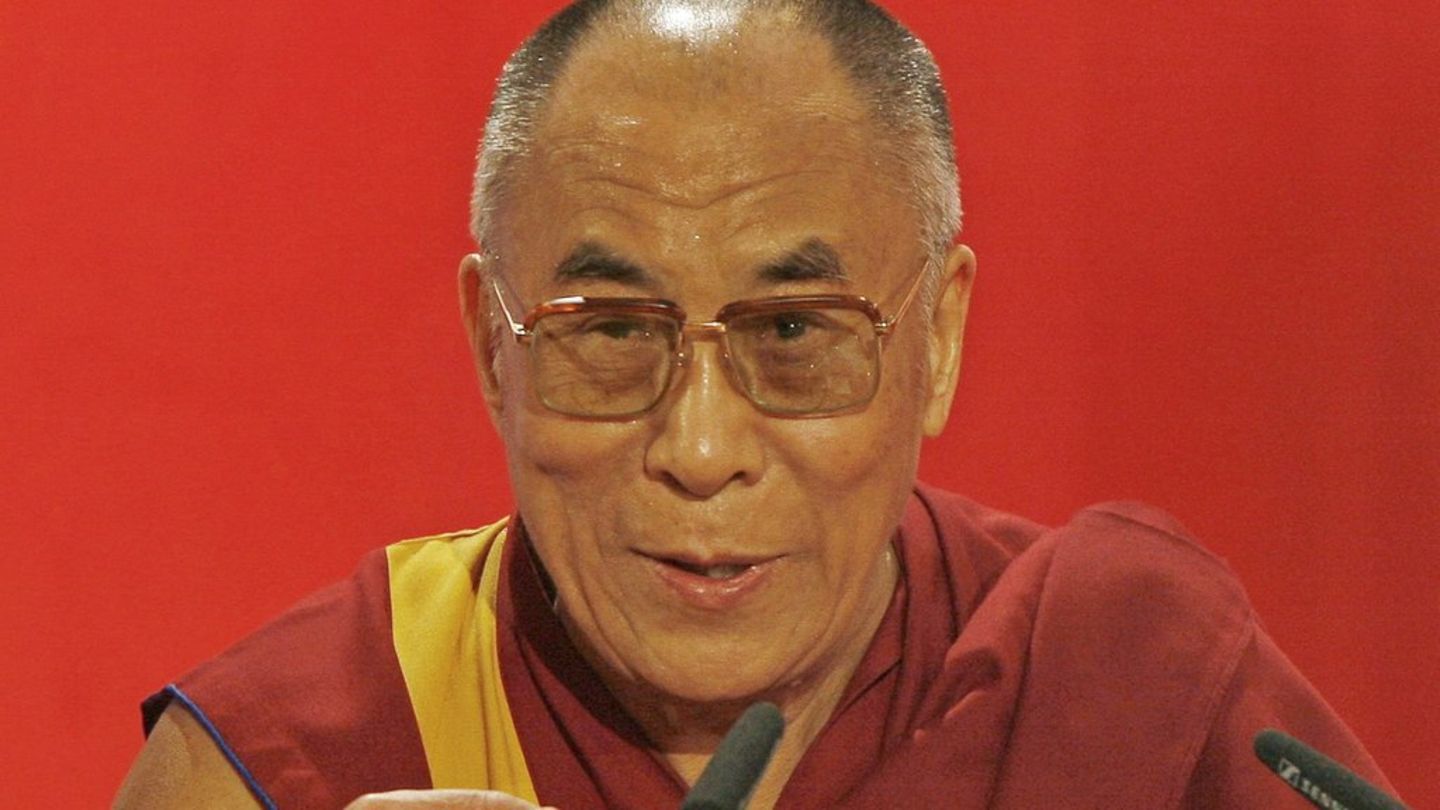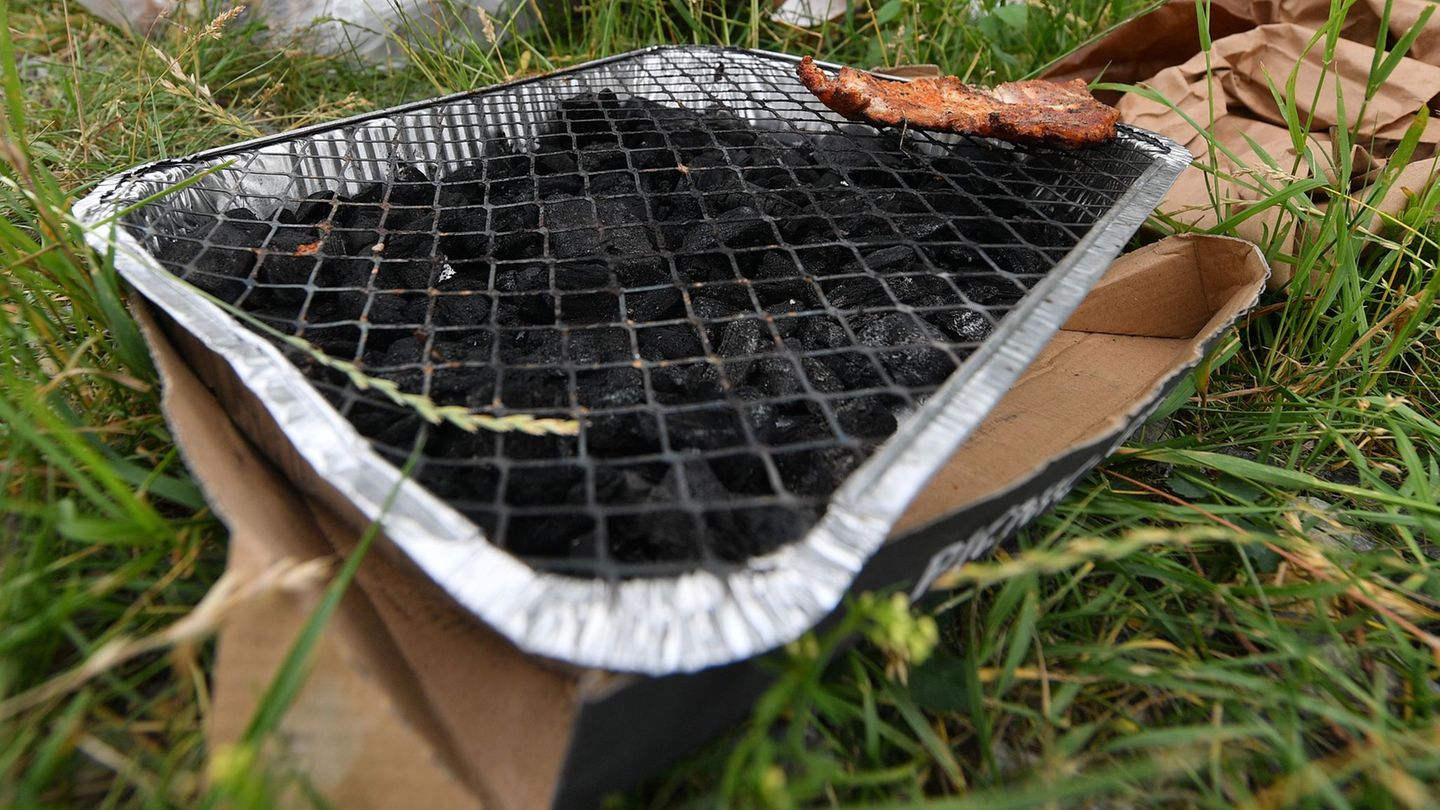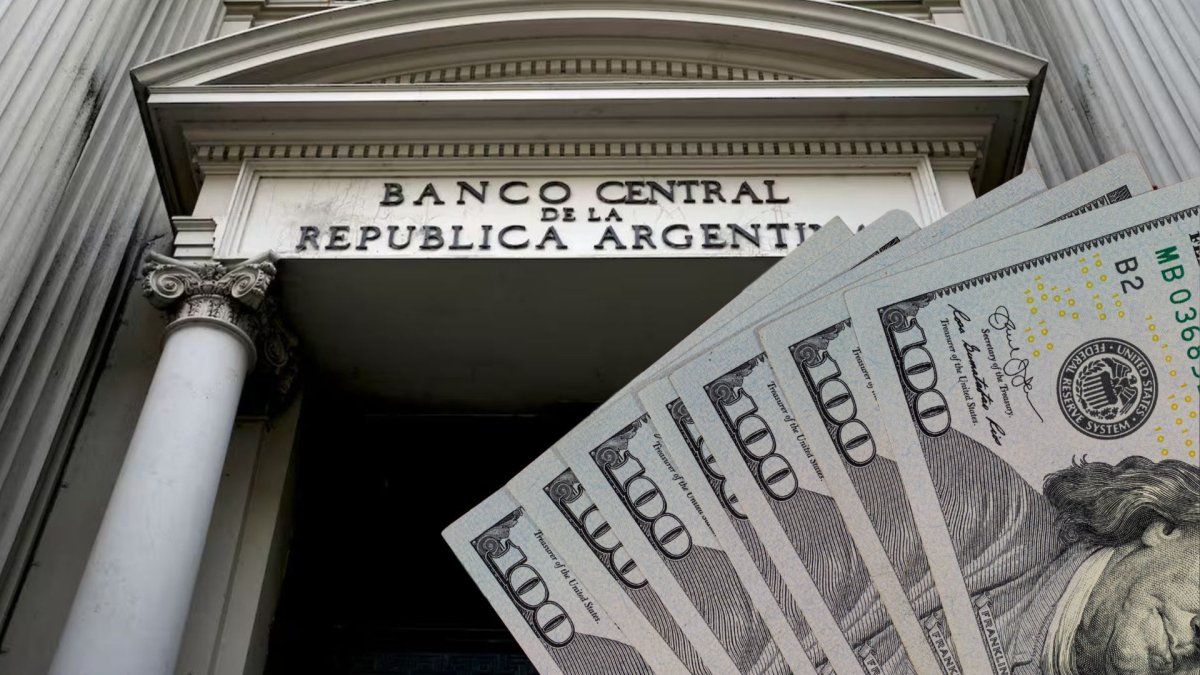There are a series of central issues that question the exchange of the national currency for the dollar. We can highlight among them the following: its constitutional validitythe consequences on the retraction of credit and the increase in its costthe obvious difficulty of the credit contracts signed in pesos (the debtor should agree to pay in another currency), that the Central Bank will cease to be a lender of last resort, increasing the liquidity risk of public securities wave inflexibility in recessionary or global crisis situations.
In these lines we are only going to consider how many liquid dollars would be necessary to carry out the dollarization of the currency.
Dollarization, convertibility and monetary base
Legacy of the so-called convertibility, it is generally considered that to carry out dollarization dollars are required only to replace the monetary base. But in truth, operationally, not only will the monetary base (monetary circulation, liquidity in the banks and deposits in the BCRA of the banks) change its denomination, but also all the money deposited in banks. If it is dollarized, whoever has a demand or fixed-term deposit in a bank, if they decide to withdraw the money, they will have to be given dollars. In convertibility, a similar situation arose that became evident in 2001.
Monetary base or minimum cash plus circulation
If you want to dollarize only with reserves equivalent to the monetary baseadditional assumptions or measures are required. The main assumption is that, once the currency has been changed, a substantial sum will not be withdrawn from bank deposits at any time. To respond to possible withdrawals of deposits, banks have minimum cash reserves or technical reserves. This is a proportion of the deposits that must not be lent and kept liquid to meet both normal and eventual withdrawals.
With dollarization this requirement changes substantially because the Central Bank is no longer lender of last resort by not being able to issue dollars to be able to address situations of temporary illiquidity of financial entities. If we were to assume that all deposits are to be withdrawn from the banks, then the question of whether this is possible is quite simple. The amount of dollars needed for the exchange is equivalent to the bills and coins held by the public plus deposits in pesos in the banking system divided by the exchange rate. However, this is an extreme case, which is very difficult to occur. But since there is no more national currency, any shock to the demand for cash or withdrawal of deposits from the financial system must be met with dollars.
The magnitudes
As of 4/4/24, the banks’ local currency deposits in the BCRA and the money stored by the banks themselves reached 3.1 billion and 1.00 billion pesos respectively. In turn, the banknotes held by the public were 7.4 billion pesos and the total deposits were 60 billion (46.5 billion from the private sector and 13.5 billion from the public sector). To dollarize with reserves only equivalent to the monetary base would require that depositors only withdraw at the beginning of dollarization and then, potentially from their accounts, the equivalent of the banks’ deposits in the central bank and the liquidity that the entities have. financial assets in their treasuries. This is 7% of the system’s total deposits. The rest of the dollars must be applied to replace the currency in the hands of the public.
¿How many deposit withdrawals will occur after dollarization or how many deposits will be transferred to foreign accounts did dollarization occur? What level of technical fit will the financial system require in an economy like Argentina’s in a context of dollarization? We can think that it could stabilize at a third of deposits, possibly reaching 40% or 50% in a first stage. The increase in the level of technical reserve will not be temporary but permanent since the Central Bank, as stated, will not be able to assist banks when they have unusual deposit withdrawals due to having ceased to be a lender of last resort. The figure of one third is not capricious; it is based on the local banks’ own experience with respect to their dollar deposits and the dollar reserves of banks in dollarized countries.
The bills
Let us conservatively speculate that immediately after dollarization there is no major withdrawal of deposits, that is, the minimum cash need (technical reserve) will be located from the beginning at one third of the deposits. So to dollarize, at least dollars in cash would be required to support the potential withdrawals of deposits equivalent to 19.8 billion pesos and, in addition, 7.4 billion pesos to replace the currency “on the street”, a total of 27.2 billion of pesos. To dollarize at the exchange rate of 864, you would need $31.5 billion. At an exchange rate of 1,000 it would take $27.2 billion. Looking at it from another point of view, if you wanted to dollarize with 11,000 million liquid dollars the The necessary exchange rate would be around 2,487 pesos..
This analysis is static but in form dynamic The formulation of the exchange balance, taking into account the flow of all income and expenses (imports, exports, commercial debt, financial debt, etc.) will require permanently reaching the same amounts of liquid currencies or their same proportion with the total deposits referred to in the previous paragraph. It will affect the possibilities of growth and the potential for payment to creditors external since these currencies must remain liquid at the disposal of the banks and should not be counted under the concept of net reserves.
Former president of the Central Bank.
Source: Ambito
David William is a talented author who has made a name for himself in the world of writing. He is a professional author who writes on a wide range of topics, from general interest to opinion news. David is currently working as a writer at 24 hours worlds where he brings his unique perspective and in-depth research to his articles, making them both informative and engaging.




